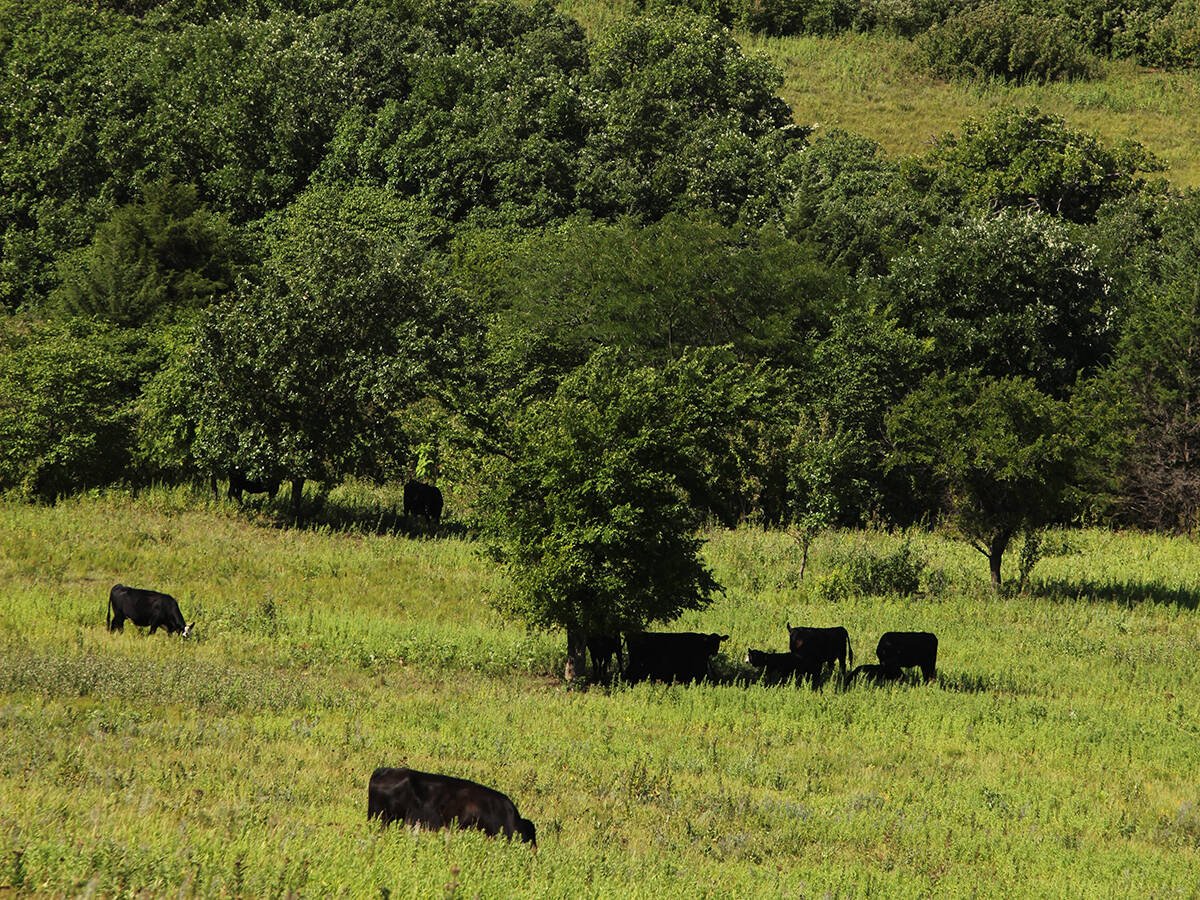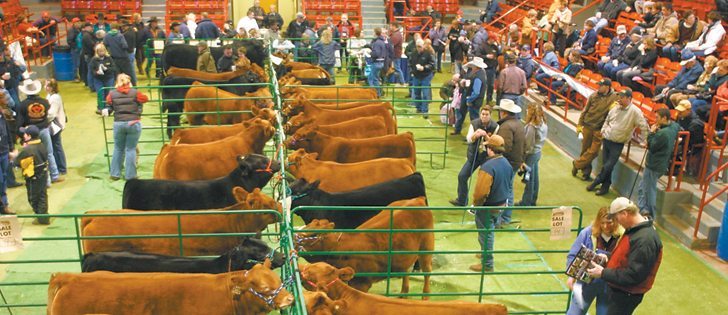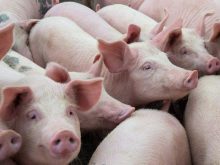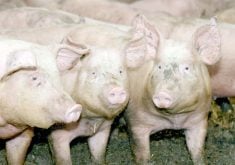Angus sector touts marbling | Limousin producers want to establish a reputation as high-yielding lean beef money makers
Longtime cattle buyer and exporter Tony Saretsky claims the most profitable cattle he ever sold were four loads of animals that had an average meat yield of 65.9 percent, even after travelling for nine hours.
“The money is in the yield,” he said during a focus group that the Canadian Limousin Association sponsored in Calgary.
Supporters of the breed promote Limousin calves as beefy money makers because of their high yielding ability, but that information is often not shared between packers and producers.
Tim Andrews has a large commercial herd based on Limousin breeding and produces seed stock at his ranch near Youngstown, Alta.
Read Also

Beef cattle more prone to trace mineral deficiencies
The trace mineral status of our cows and calves is a significant challenge for western Canadian producers and veterinarians.
He knows farmer feeders are looking for moderate framed animals that produce lots of beef because it costs money to add fat.
“There is no incentive to raise a AAA,” he said.
The AA grade is the most profitable for this sector.
The Angus beef marketing program has steamrollered the industry by advertising well marbled, tender beef, but the Limousin association wants to regain its reputation as a carcass breed by contributing something different to the Canadian beef mix.
Randy Bollum, a Limousin breeder from Airdrie, Alta., pointed out the common concern that all producers have when they are trying to differentiate themselves.
“We need a price premium if we are going to raise them a certain way.”
Dealing with Norwich Packers in Ontario may be one approach be-cause the family-run operation is looking for high yielding, lean cattle.
Most of the 15,000 head processed at this provincial plant each year are straight bred or Limousin influenced, said Matthew Heleniak, head of the operation.
“Our niche customers are in Toronto, especially among people who appreciate lean beef,” he told the Calgary meeting held late last year.
The company supplies butcher shops and restaurants with dry-aged, lean beef. There is no Select grade discount in Ontario, so A and AA sell for the same price.
“If there is no premium for cattle that marble, why feed them?” he said.
Heleniak said show judges have been taught to look for Angus type traits and tend to evaluate many shows using those parameters. As a result, higher yielding animals are often relegated to the bottom of the class.
He said the breed needs a well orchestrated marketing plan to promote its particular type of beef because Angus has almost become the generic code for quality.
Norwich started in 1954 when Polish immigrants Marian and Mary Heleniak bought a packing plant and ran it as a family operated butcher shop for processing local hogs and cattle.
The family created a custom feeding operation in the mid-1990s with its own feed ration of whole corn and a special pellet formulation. The operation feeds 3,000 to 4,000 head her year, primarily continental type cattle such as Limousin and Belgian Blues.
Most cattle come from long-term suppliers, and both breeds cross well with Angus to produce marbling for certain specialty markets.
Heleniak said the key to producing quality meat is in cattle feeding and handling at slaughter.
“When they get to our facility, what happens to them is totally different than a big place,” he said.
There is straw bedding and feed and water at the plant’s holding area and cattle are given 12 to 14 hours to settle before slaughter. Rock and roll music is played in the holding area to accustom the cattle to the noise of the plant.
“Our stress levels are very low. We believe that makes a more tender product by making the cattle very relaxed,” he said.
The plant also uses electrical stimulation after slaughter for further tenderization.
It is a provincially inspected plant with a hazard analysis critical control point program and Double A Ontario inspection certification.
It has $35 million in sales a year.
“There are a lot of things we do the old fashioned way, all the way through,” Heleniak said.
All cattle are numbered when they enter the plant for trace-back purposes. They are manually skinned and shrouded with cotton sheets that contain an antibacterial agent.
Carcasses are dry chilled and rolled with an ink stamp so that clients will know the grade.
The company’s market demands a quarter inch trim of fat. Butchers and restaurants want sides and large primal cuts that are dry aged, even though the shrinkage loss is 10 to 15 percent.
Large rib eyes are not considered a problem because the meat cutters have their own specifications when handling bigger cuts.
The company does not typically advertise its meat by breed but instead offers it as a local product. It also works with a group of 30 producers who provides hormone- and antibiotic-free cattle year round.
They are serving a large ethnic community in the Toronto area where there is a market for products that once went to the rendering tank. Bones for the dog food market and blood used in Chinese dishes are among some of the most sought after products.
“Oxtails are probably the most expensive meat now,” Heleniak said.
















